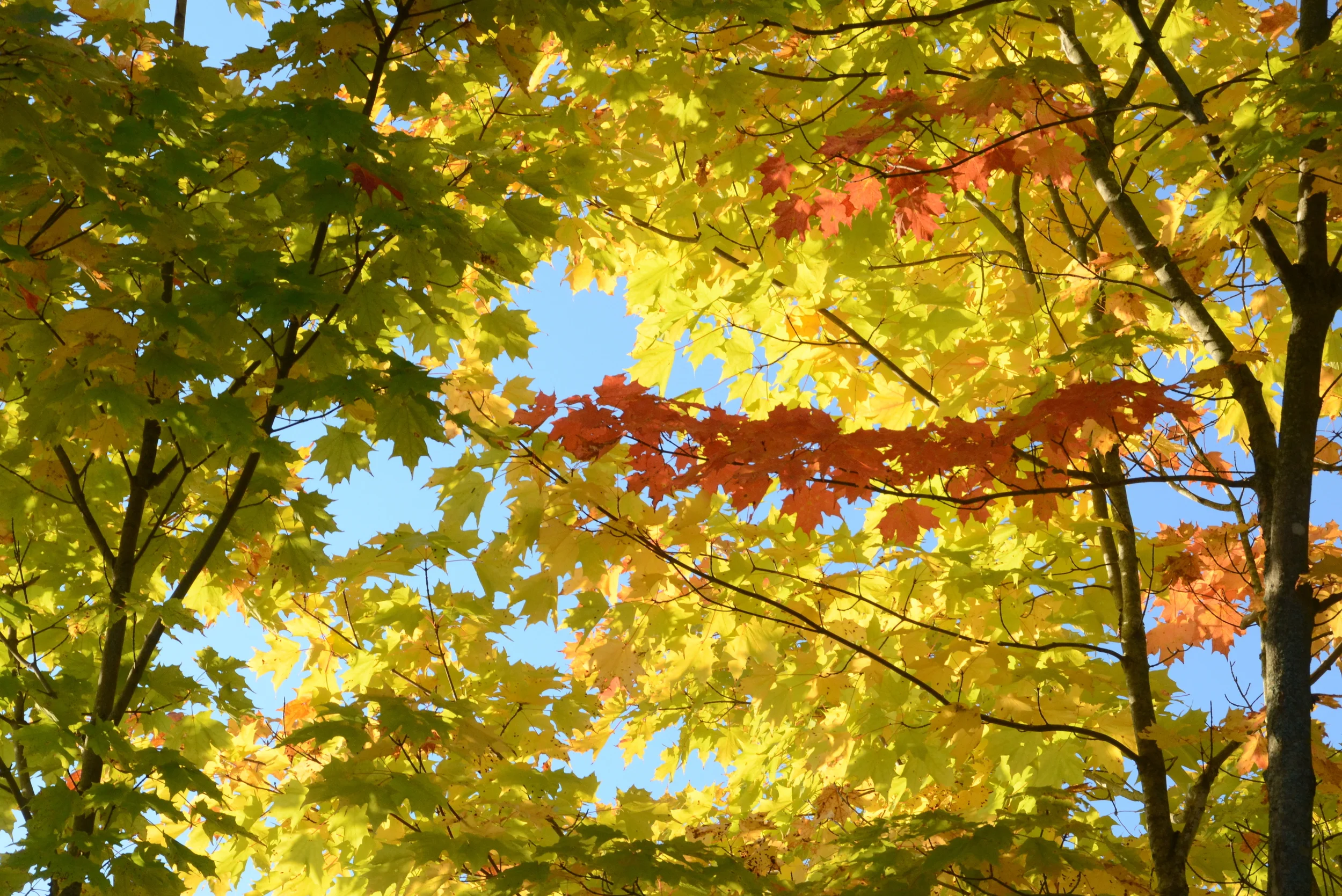What is a Community Forest?
A community forest is a permanently protected tract of land, owned and managed by residents for the benefit of local towns. It can be owned by a single town, a group of towns, or a community-based organization like ACT. ACT owns the Colley-Jericho Community Forest on behalf of the whole community, and especially the four towns that contributed toward its creation: Easton, Franconia, Landaff, and Sugar Hill.
The high level of citizen participation in management and the permanent protection of the land distinguish a “community forest” from traditional “town forests.” Town forests are common in New England and are typically owned by a town and managed by boards of selectmen or conservation commissions. Across the U.S., community forests are finding favor as a better way of conserving forest deeply connecting them with local communities.
Who can use the land?
All of us! Cooley-Jericho Community Forest was created as a place where a true breadth of outdoor recreational activities can be enjoyed. The purchase of this land guaranteed that the land will be open for public recreation forever, and the management will be local.
The property is open for recreation including hiking, snowshoeing, hunting, horseback riding, backcountry skiing, mountain biking, and wildlife observation.
A conservation easement will be held by the New England Forestry Foundation. The easement will:
- Guarantee public recreational access;
- Ensure that the property can never be developed;
- Ensure that wildlife habitat and water quality will be protected.
What are the benefits for the towns?
Immediate benefits from the Cooley-Jericho Community Forest include:
- A highly attractive conserved property, open for public use now and forever.
- Tax savings from the avoided costs of community services if this land were developed (road maintenance, emergency services, schools).
- A scenic backdrop for Sugar Hill, Landaff, Lisbon, Easton, and Franconia, preserved as a prominent ridgeline, forested by day and etched in darkness into the night sky.
- Prime wildlife habitat, conserved and open for hunting.
- Recreational trails, available for residents and visitors.
- A locally managed recreational area that reinforces other parks and venues in the region.
- A natural venue, an attraction to which area inns and hotels may direct guests, including those who ride horses, go mountain biking, skiing, and hiking.
- It’s a great place for adventurous families.
- An ideal outdoor classroom for local students, and for ongoing workshops and education for local landowners in managing for wildlife, recreation, and timber income.
Eventually, timber will be cut and proceeds will be a source of income to the participating towns, and will go toward stewardship of the Forest. Towns will receive revenue proportionate to the dollar amount that each invests in the project over time.
How does ACT ownership and community management work?
ACT owns the land on behalf of the participating towns. The land stays in the tax base (ACT pays property taxes on all the land it owns). The CJCF Stewardship Team has representatives of the participating towns, ACT, and user groups including mountain bikers, hunters, backcountry skiers, and adjacent landowners. The Stewardship Team governing committee has created a Community Forest Stewardship Plan, with guidelines for recreational use, trail building, experiential learning, and forest management. The plan is being finalized and will be posted here this spring.
What about using snowmobiles or ATVs on the land?
A state snowmobile trail runs through the property to the old Cooley Hill fire tower site, and another trail runs from Landaff up toward Cole Hill. The latter trail is extremely eroded and needs work. The Stewardship Team, which has representatives from the Lisbon Stump Jumpers snow machine club, determined that ATV and 4WD truck traffic is very detrimental to the land, much of which is highly erodible. Only snowmobile use is allowed on the land.
why doesn’t ACT simply own it without town participation?
ACT has always believed that this land is so important regionally that it should be treated as a community-wide project, rather than a single town or a single organization endeavor. ACT sought funding on that basis, and this project was ranked #1 in the country by the U.S. Forest Service because of its strong community component. ACT received support from other highly competitive funding sources on the promise of creating a community forest.



